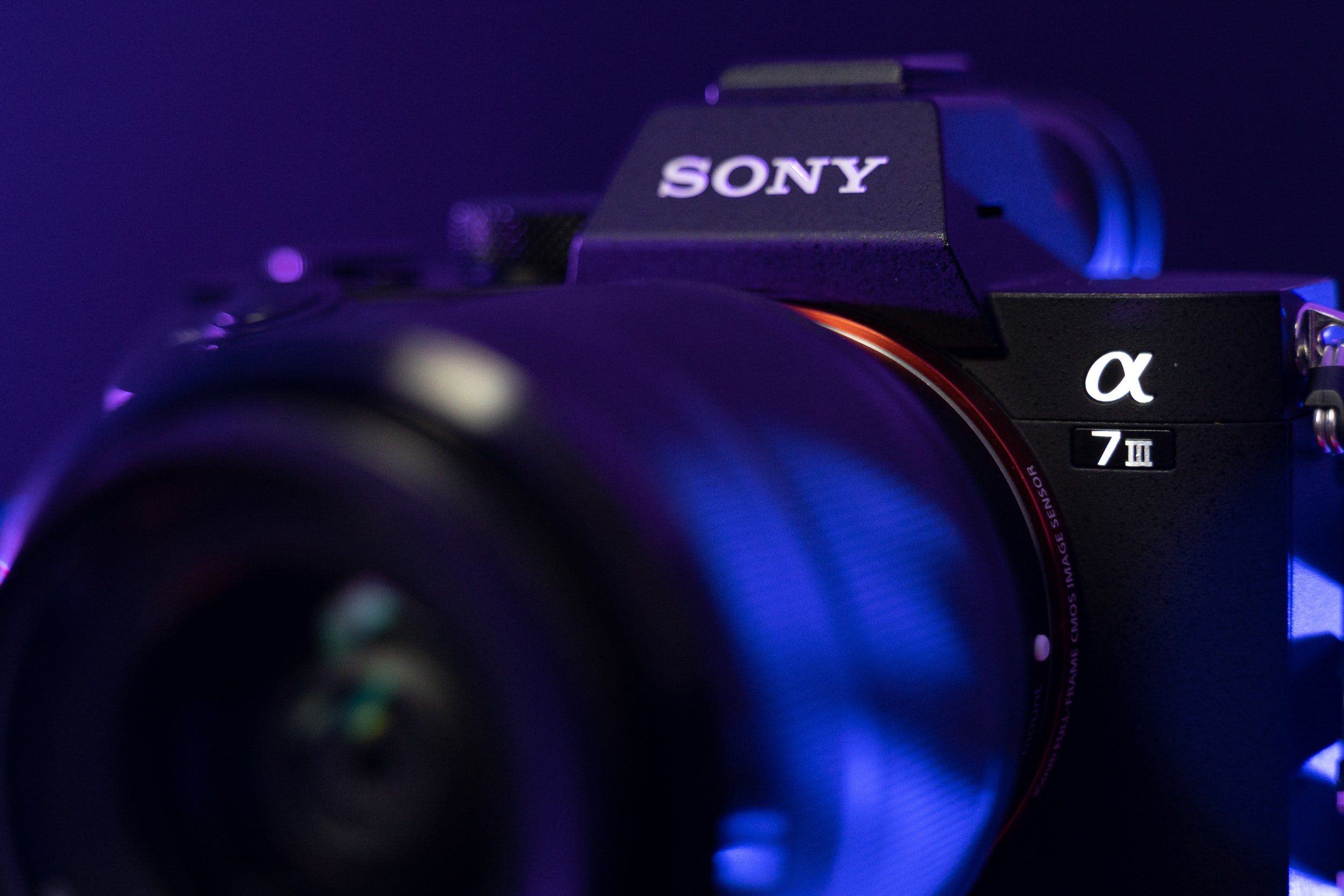Street Photography with the Sony A7iii
Why shooting street photography with a full frame mirrorless camera is a good idea, regardless of brand.
The Sony A7iii stands out as a full-frame mirrorless camera, often dismissed by some street photographers as too bulky and expensive. However, the benefits of using this camera for street photography surpass these concerns, particularly if you're seeking a primary camera for professional use.
Since 2018, I've relied solely on the Sony A7iii for both my street photography and professional projects. Although I haven't penned a comprehensive review yet, I believe it's high time I articulate my thoughts because there are many sources available about this camera on YouTube that are extremely helpful in covering specs and correct usage. In my opinion, the Sony A7iii remains one of the top contenders in its niche, offering exceptional value and performance for street photography enthusiasts. It’s also, at least to my knowledge, one of the smallest if not the smallest full-frame mirrorless cameras with dual card slots.
Is the Sony A7iii Too Big for Street Photography?
I want to address the size and design of this camera upfront, as it might not be suitable for everyone, especially those who favor small, compact cameras like the Ricoh GR3. If you're a photographer who values portability and desires a camera that can easily slip into your pocket and accompany you everywhere, similar to your smartphone, then the Sony A7iii might not meet your needs. In fact, as of 2024, you'll likely have to disregard any full-frame mirrorless camera with dual card slots and interchangeable lenses on the market if pocketability is a priority for you.
However, there's another group of street photographers, including myself, who either don't mind the bulkier size or who possess a separate camera specifically for street photography. If you fall into this category, then keep reading. I'll delve into why, for some of us street shooters, camera size is irrelevant, and I'll explain how the Sony A7iii excels over smaller sensor cameras in every aspect.
The reality is, that there are moments when I do wish I had a compact camera instead of relying on my smartphone for certain situations. However, as a foreigner living in a place like India, the size of your street photography camera is likely to have little or no impact on your ability to remain inconspicuous. This is because, in such environments, you tend to attract more attention than your camera does, particularly when you're wandering around non-tourist areas and capturing images, even with just your smartphone. Your conspicuous presence as a foreigner tends to overshadow any advantages in camera size. Therefore, I believe the Sony A7iii is well-suited for photographing subjects in many developing nations, as long as safety isn't a concern. However, when safety becomes an issue, that's when opting for a Ricoh GR or smartphone would be more prudent.
Absolutely, there are significant size advantages to owning a Sony A7iii compared to DSLRs. This is evident in both the reduction in physical size and the amount of space required to pack the camera body with a couple of lenses for casual outings. For instance, when I initially delved into street photography, I often didn't bother carrying a camera bag for my Canon T3 Rebel DSLR. Occasionally, I might bring along a backpack if I wanted to carry additional lenses, but typically, my outings consisted of just the body paired with a prime lens like the 24mm or 50mm. The key point here is that it wasn't practical to carry a small shoulder bag with extra lenses and accessories because even the smallest camera bags became bulky when packed with the DSLR body and a lens or two. However, with the Sony A7iii, I can and almost always do carry it in a small bag because it fits well and is significantly less bulky, making it much easier on the shoulders.
There's ongoing debate surrounding whether mirrorless camera systems are significantly smaller or lighter once you attach a lens to them. In the early stages of mirrorless technology, this argument held some weight. However, nowadays, many camera manufacturers and third-party companies are introducing newly-designed compact lenses specifically tailored for mirrorless systems. In almost all cases, these lenses are noticeably smaller and lighter. Does this mean you can conveniently slip them into your pocket? Certainly not. However, it's worth noting the size advantage that cameras like the Sony A7iii have over their DSLR counterparts, particularly if you prefer packing a small shoulder bag over a larger one and leaving the backpack at home.
Recommended Street Photography Lenses for the Sony A7iii
To begin, I want to clarify that I exclusively use prime lenses for my photography. I don't currently own any zoom lenses. If you're someone who prefers the versatility of lenses like a 16-35mm or a 24-70mm, I recommend searching online for available options. In the past, there weren't as many choices, but now both Sony and third-party manufacturers are expanding their offerings to meet this demand.
If you're a photographer who exclusively uses prime lenses, I might have some insights to offer regarding your full-frame mirrorless options, particularly if you're shooting with the Sony A7iii. Let's begin by discussing the lenses I personally use for street photography:
Samyang 18mm 2.8
Samyang 24mm 1.8
Sigma 35mm 1.4
Sony 50mm 1.8
Sony 85mm 1.8
Samyang 135mm f2
I want to emphasize that the extreme focal lengths in my collection, particularly the 18mm and 85mm, serve important purposes in street photography, and I highly recommend both of them.
The Samyang 18mm 2.8

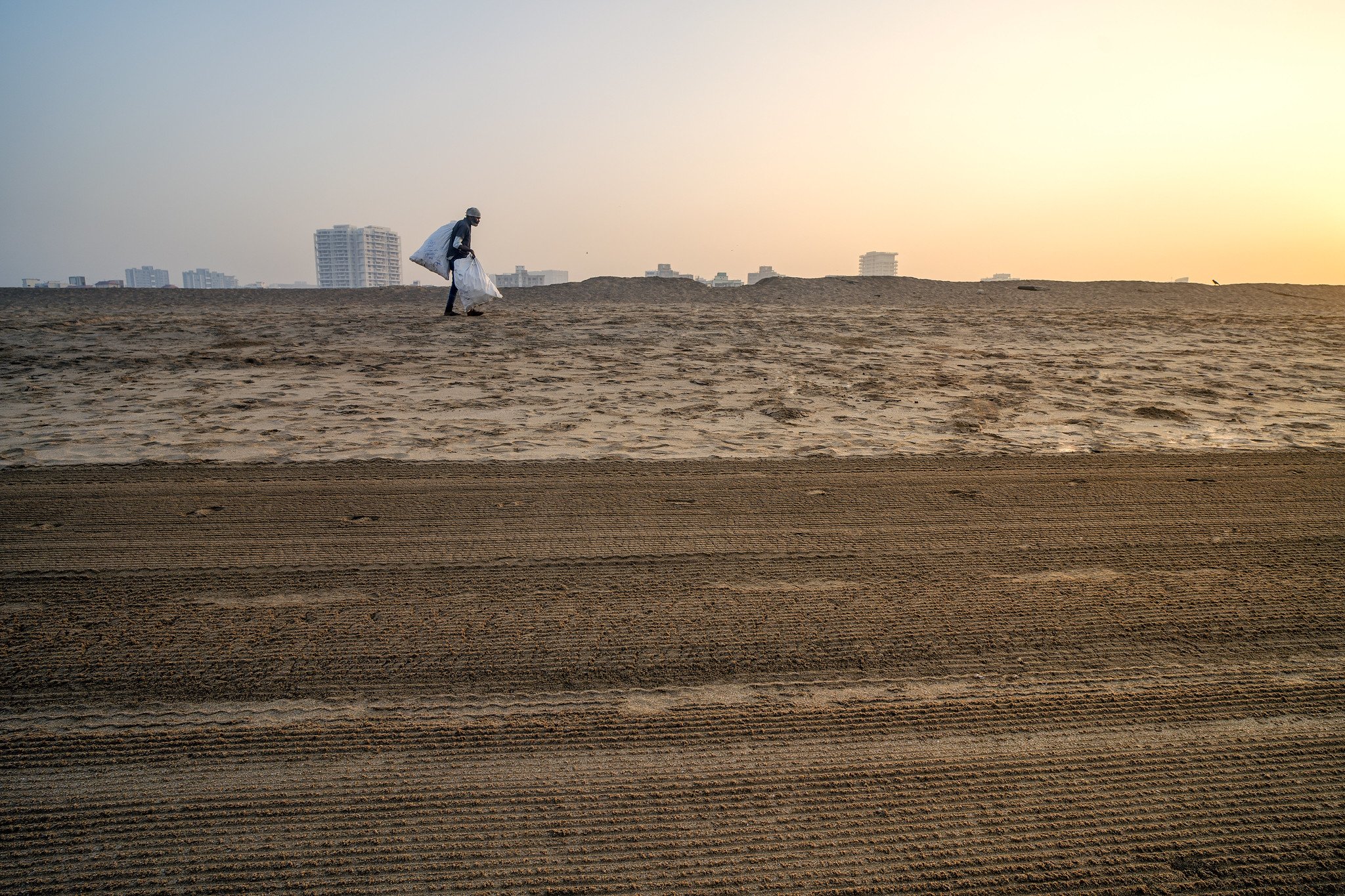
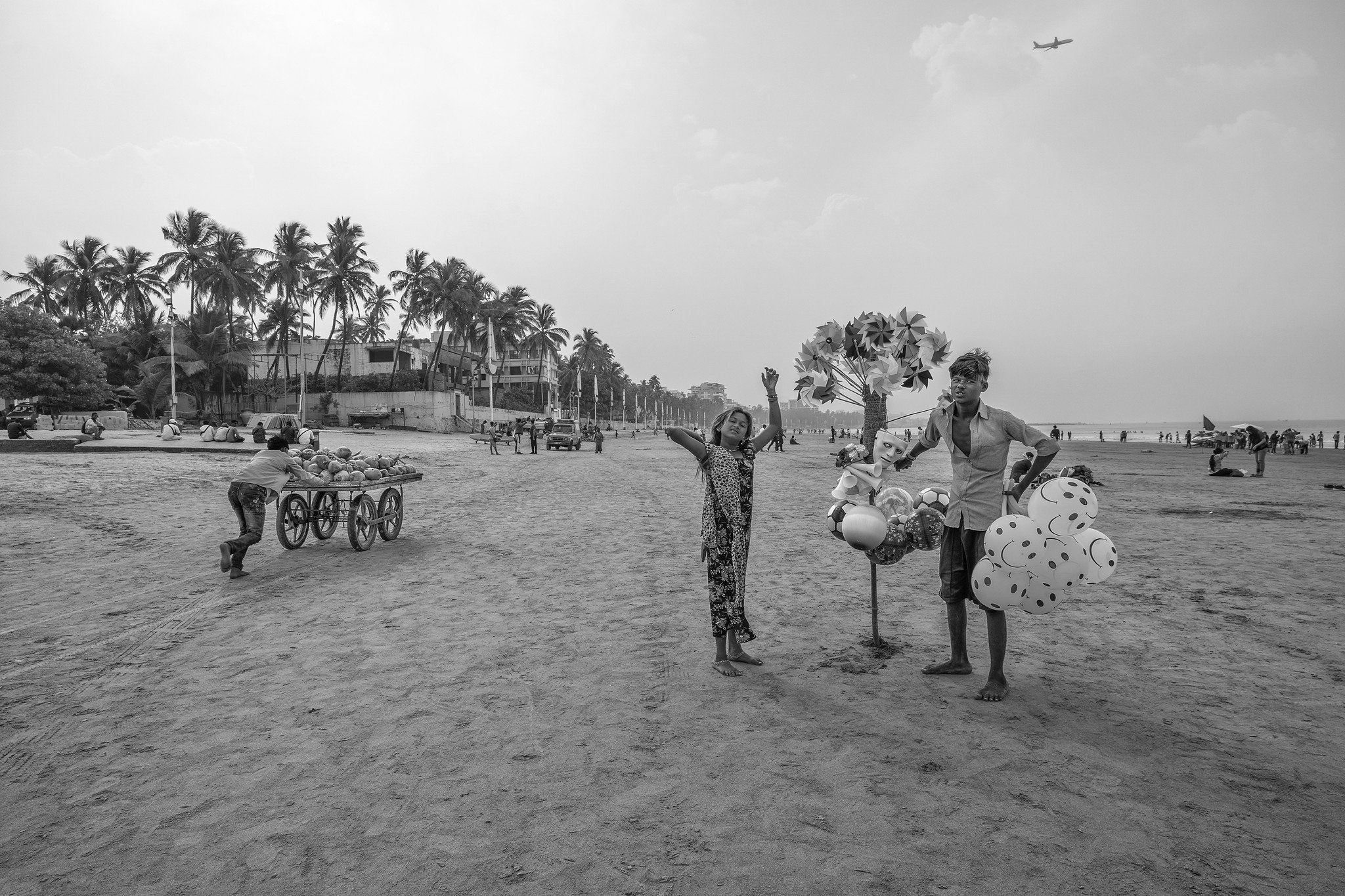
The Samyang 18mm 2.8 lens is excellent for wide-angle shots, making it ideal for capturing groups of people in confined spaces or for highlighting large subjects such as wall art up close. Additionally, it excels as a landscape lens, allowing you to achieve the classic wide-angle perspective with distant subjects on the horizon.
Would I recommend it? Absolutely. The autofocus performs adequately, and given the wide focal length, an even wider aperture isn't necessary. Additionally, there's surprisingly minimal barrel distortion, and any that does occur can be easily corrected in post-processing software like Photoshop or Lightroom.
The Sony 85mm 1.8
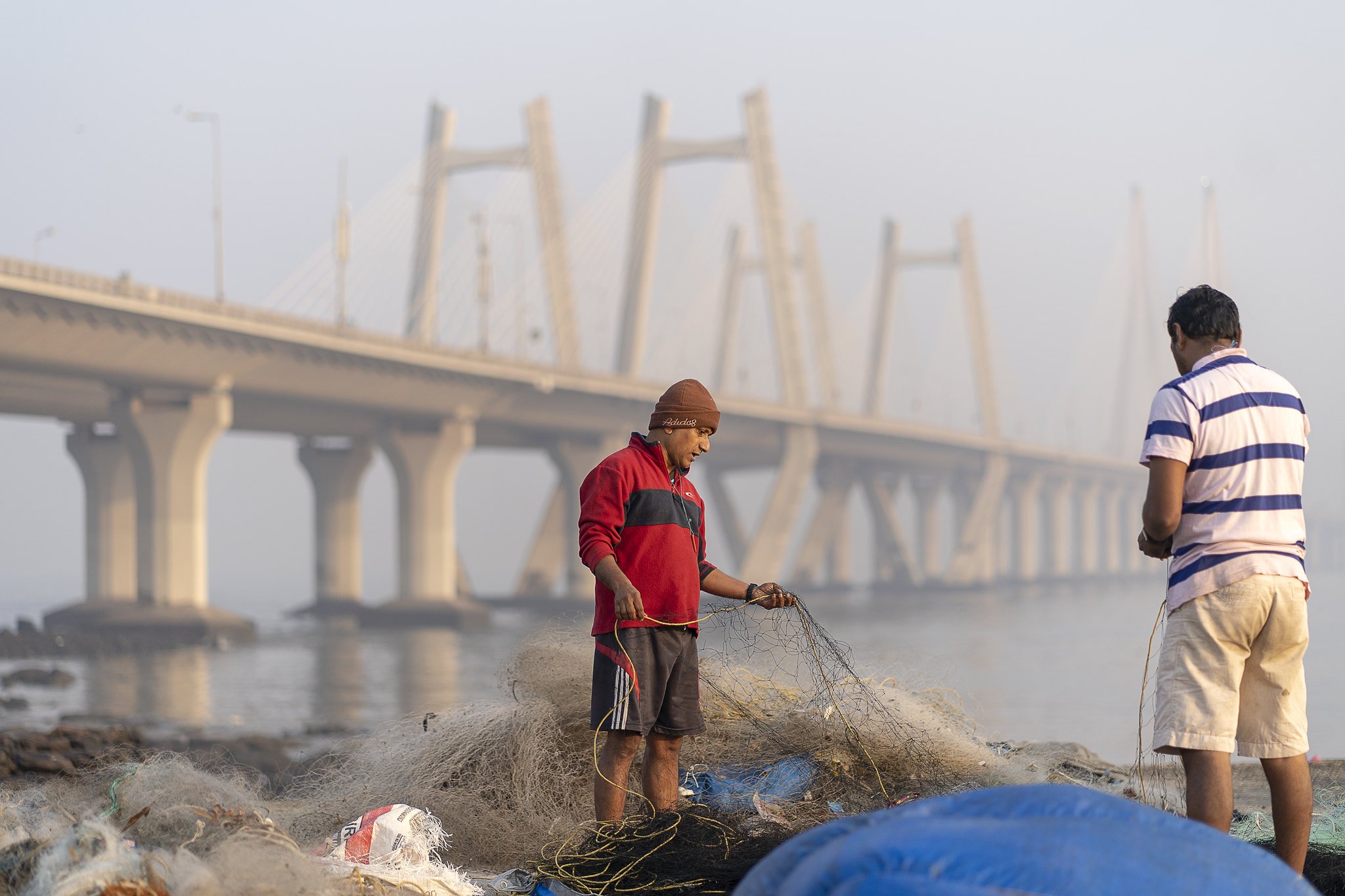
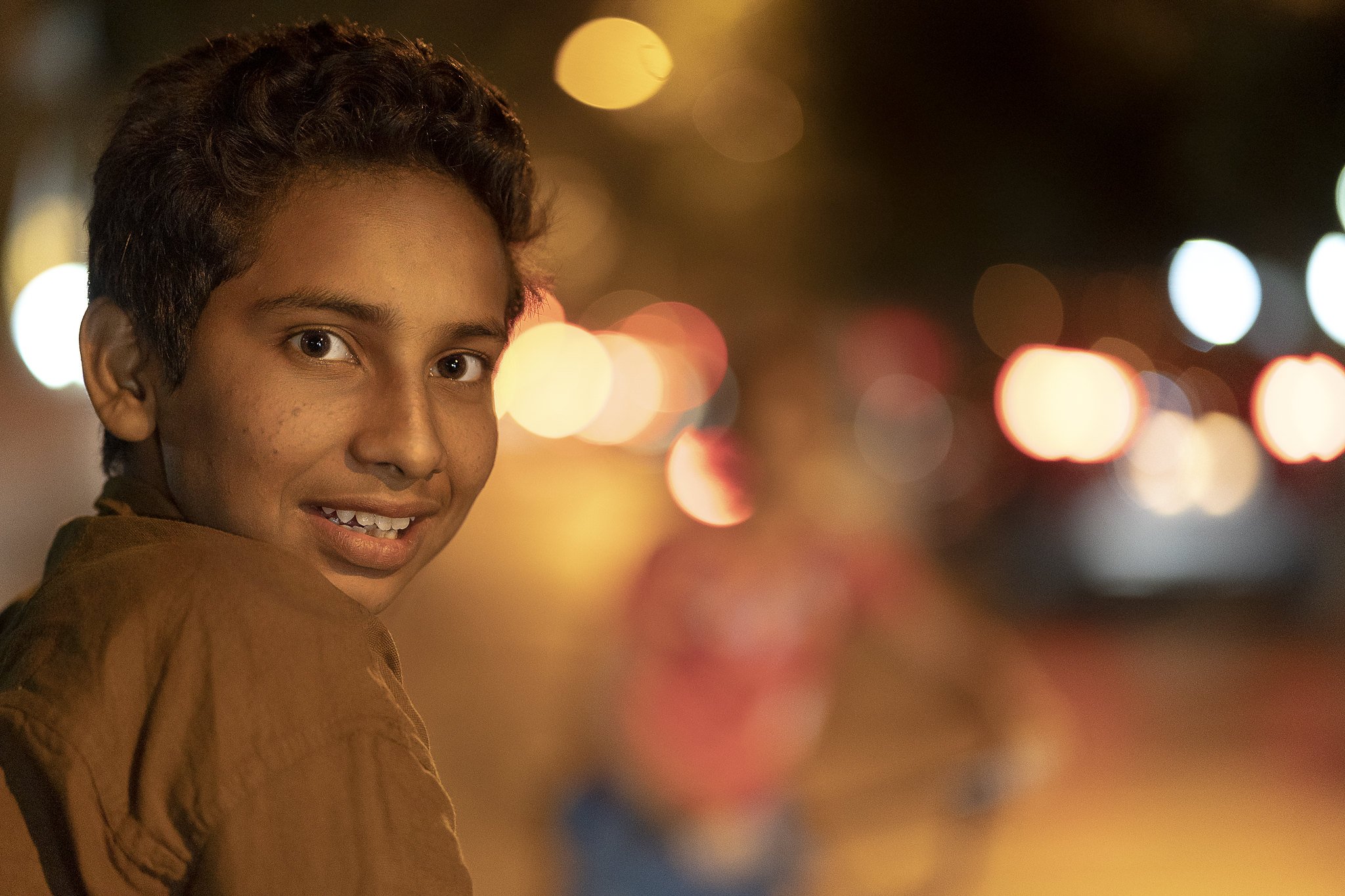
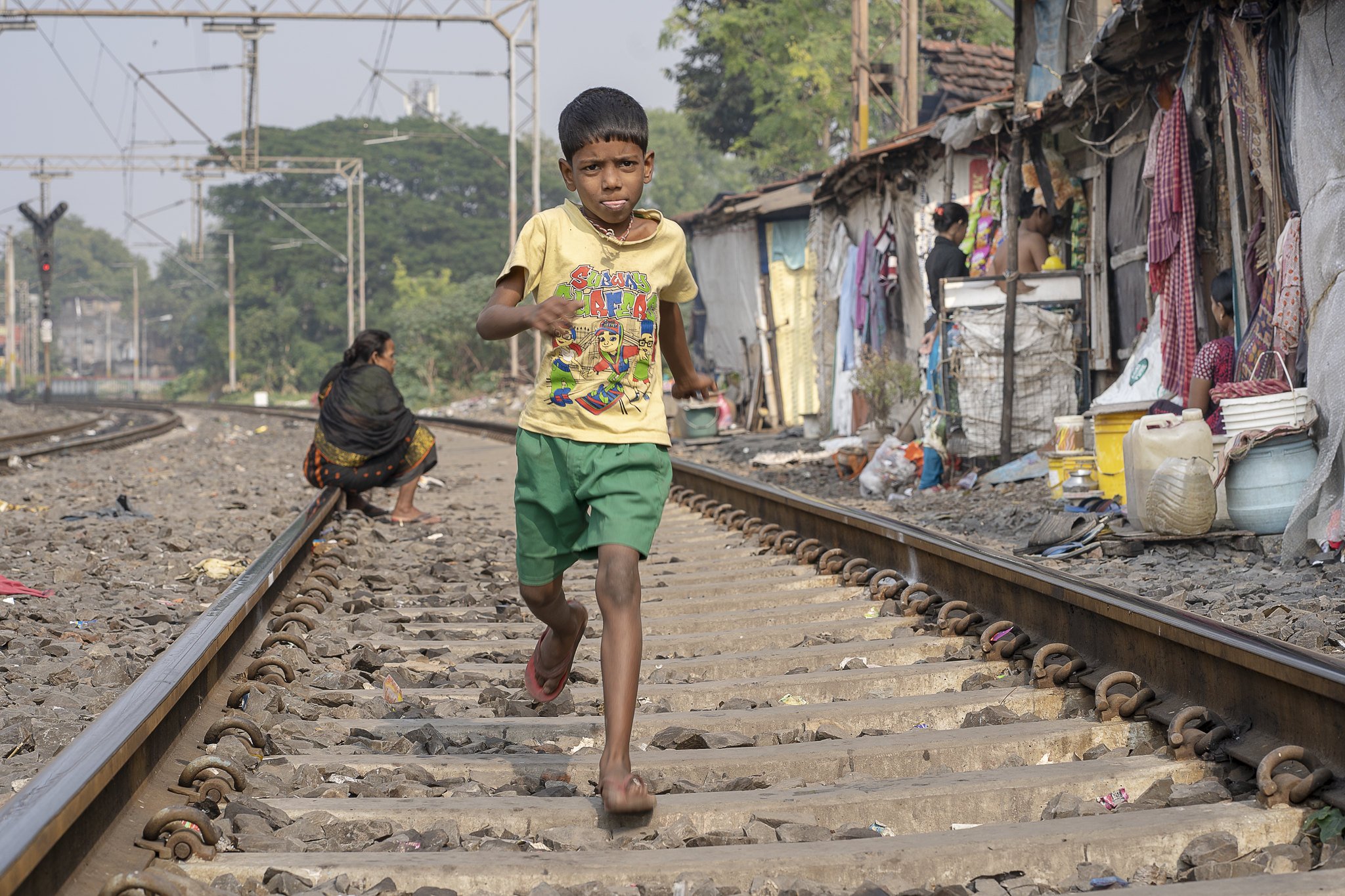
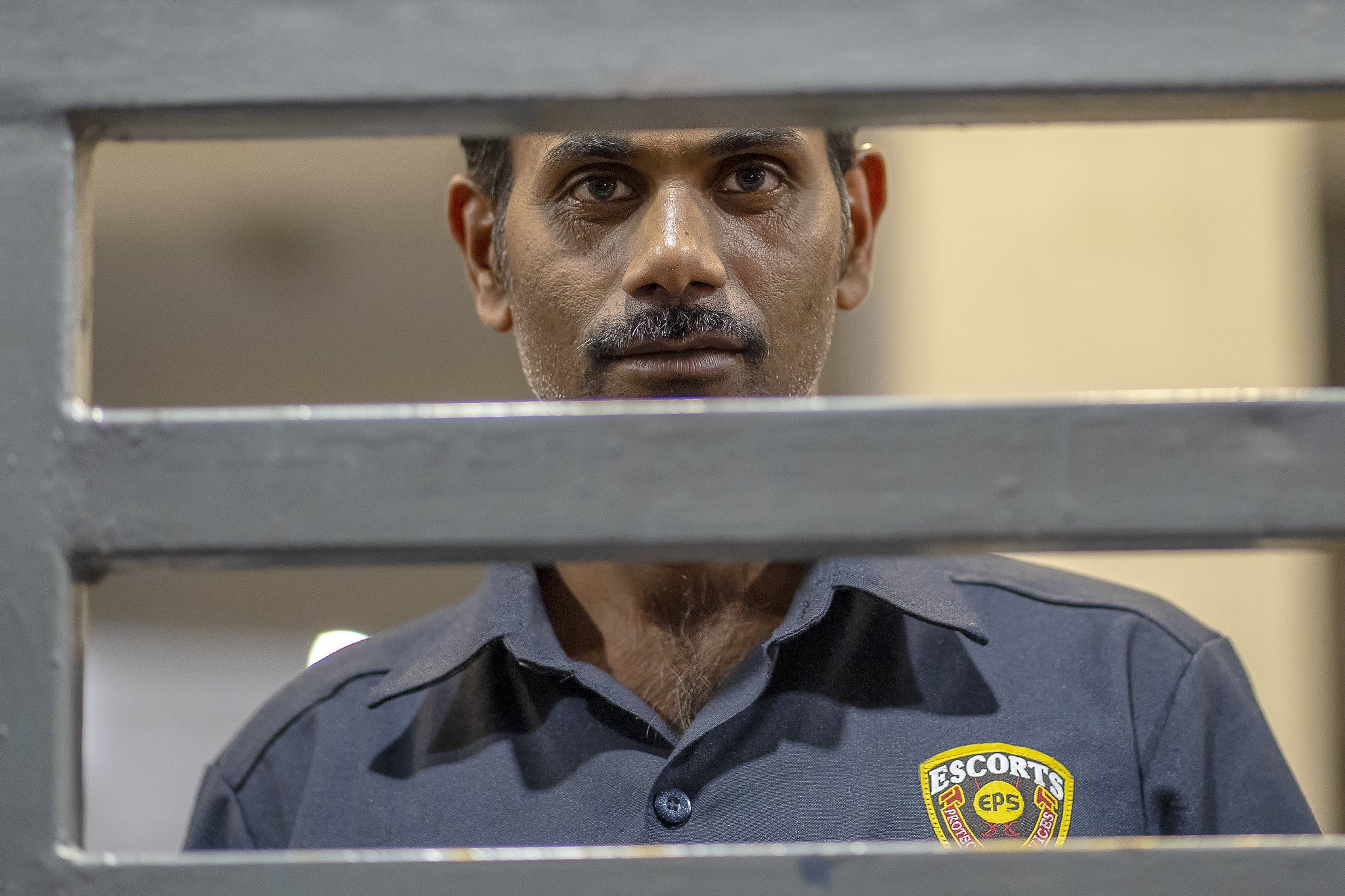
The Sony 85mm 1.8 lens stands out as my top-performing lens. Its autofocus capabilities are incredibly impressive, and its performance in low-light conditions surpasses that of any other lens I've used, including its larger counterpart, the 85mm GM. While an 85mm focal length might not be considered traditional for street photography, I frequently utilize mine in my work because the distinctive character of this bright portrait lens has a way of elevating even the most mundane scenes.
Would I recommend it? Absolutely. This lens represents Sony's top value proposition, offering exceptional performance for its price point. Additionally, as of now, it's challenging to find a third-party lens that outperforms it in terms of autofocus capabilities, making it an excellent choice for anyone looking to leverage Sony's autofocus technology.
The Sigma 35mm 1.4 ART
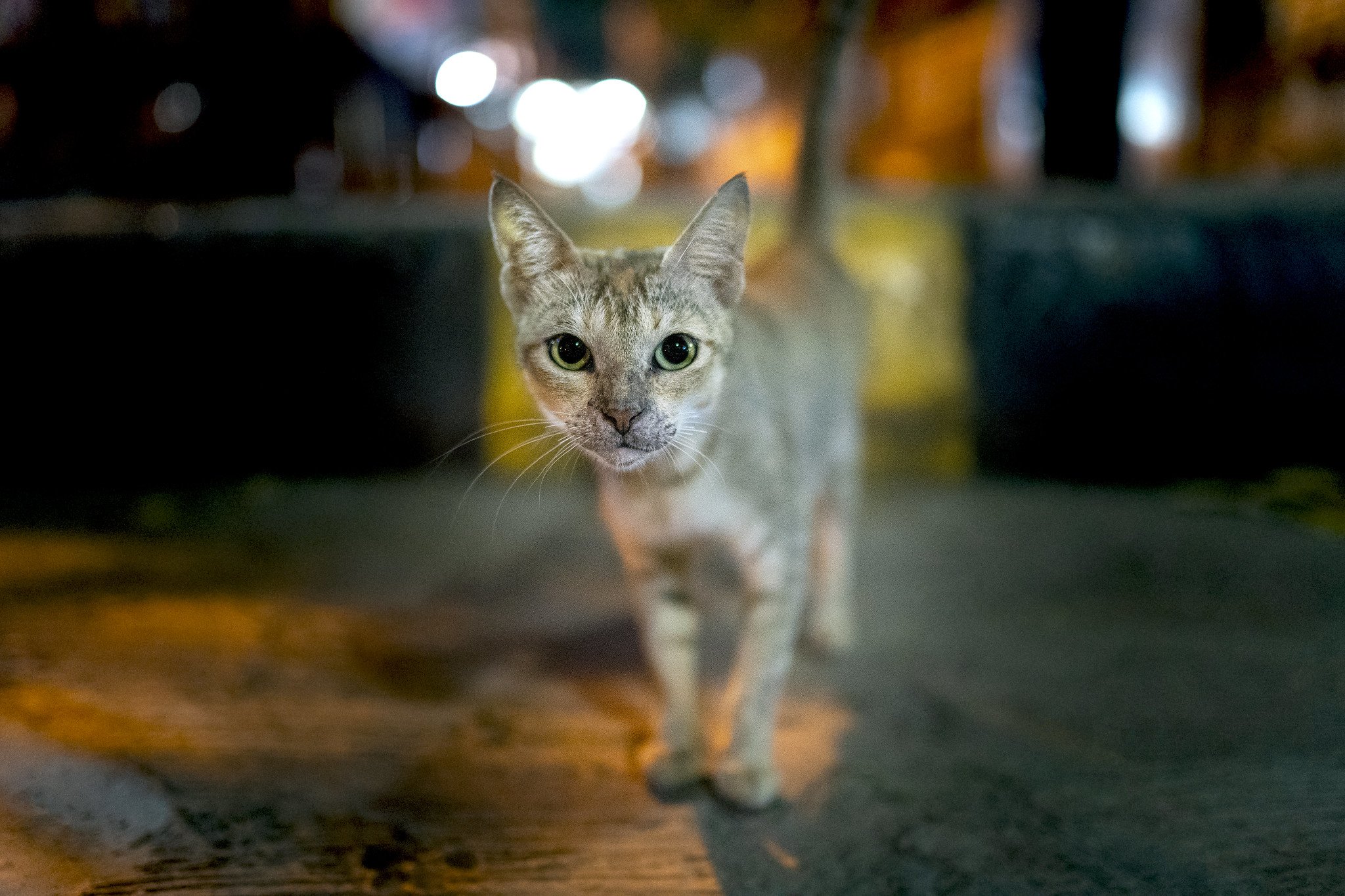
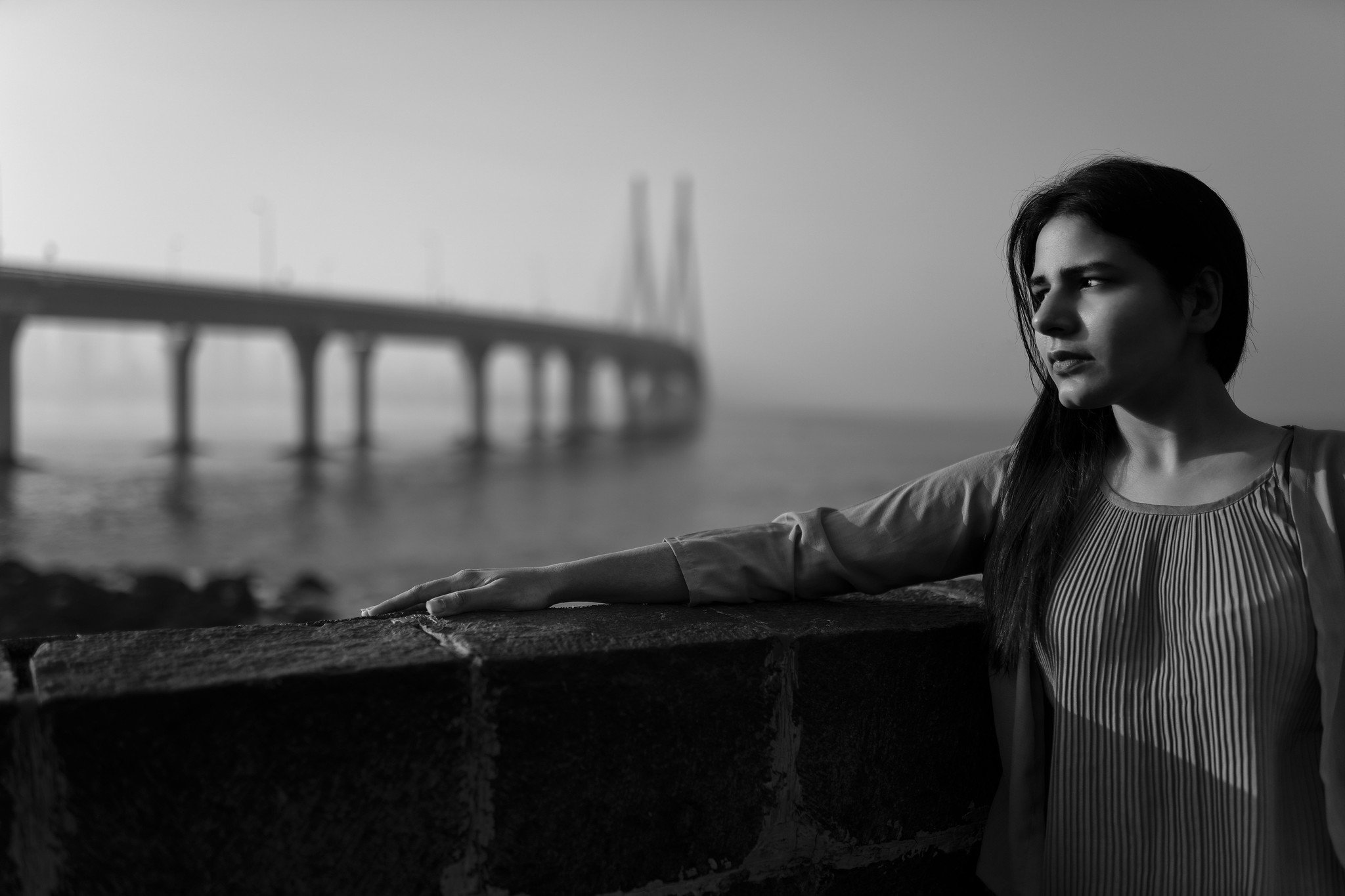
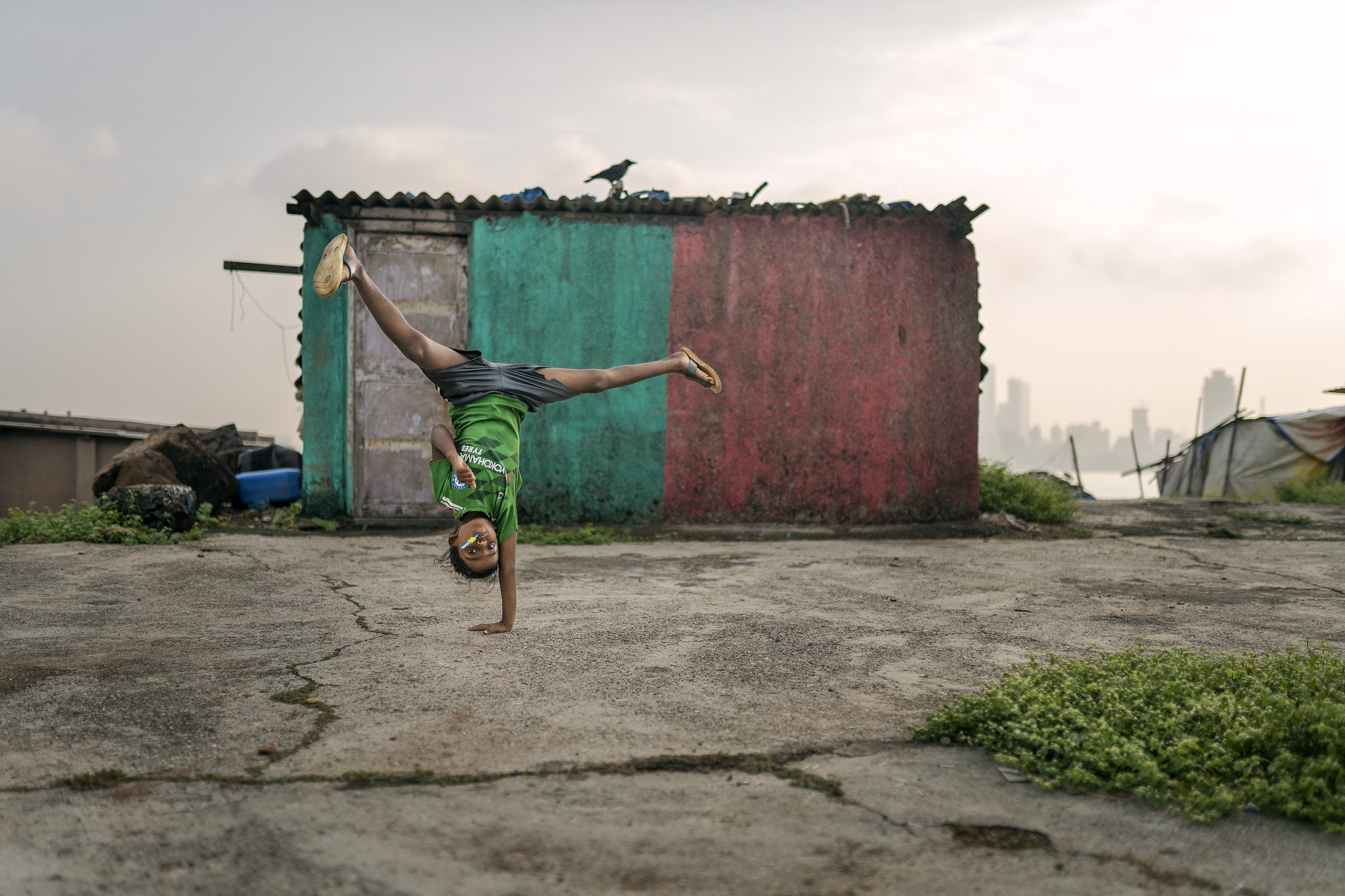
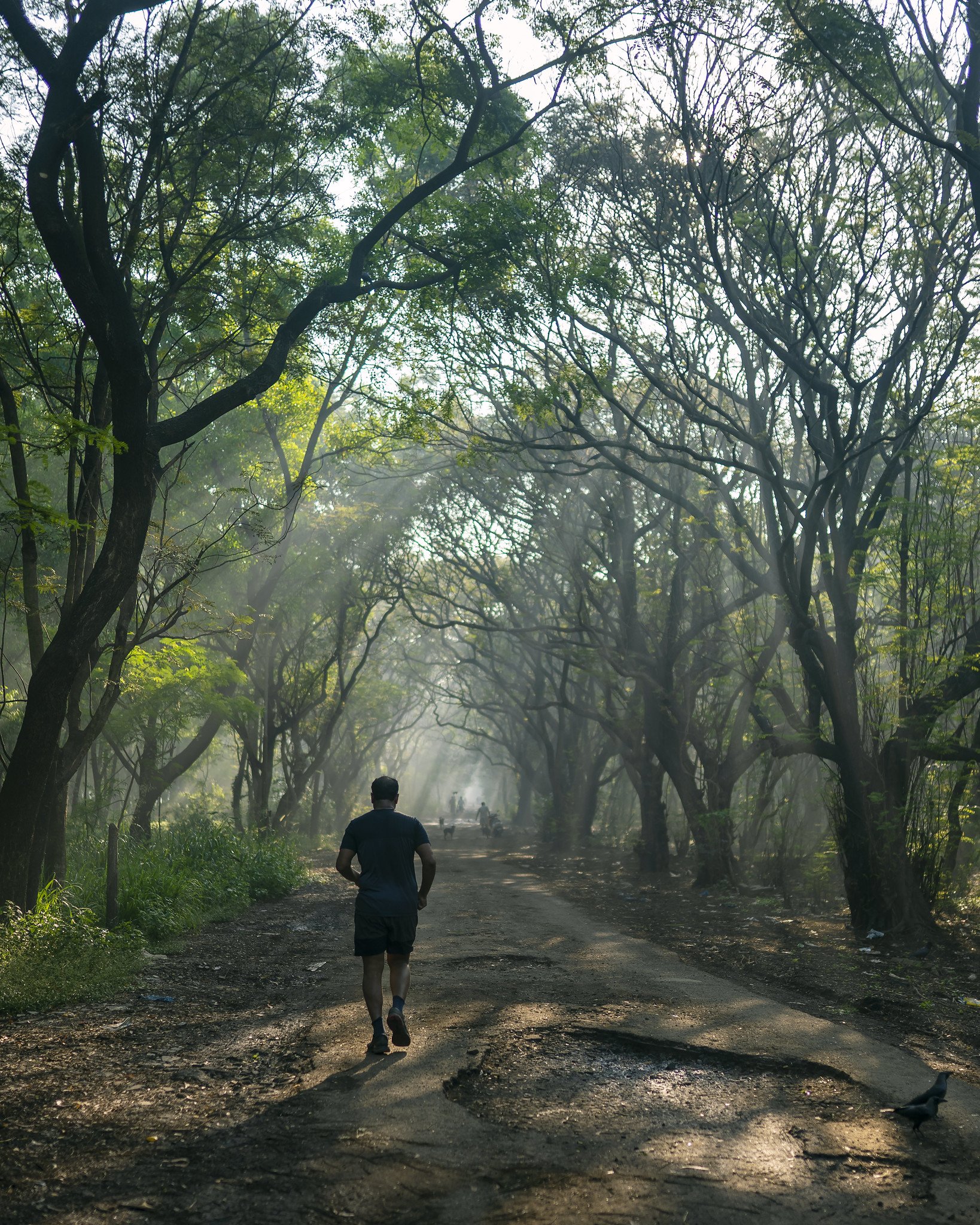
The Sigma 35mm 1.4 ART lens delivers the highest quality images among all my lenses. When you shoot wide open at f/1.4, it produces stunning, dreamy images. However, I do have a few reservations about it. Firstly, it's quite heavy, and secondly, its autofocus performance leaves something to be desired. It can struggle, particularly with moving subjects, and this issue becomes even more noticeable in low-light conditions.
Would I recommend it? Not the original iteration that I own. However, Sigma has recently launched an updated version of this lens, which has received positive reviews for being both more compact and better performing. Unlike the first version, Sigma designed this new lens specifically for the Sony E-mount line, rather than adapting it with an equivalent of an adapter. Consequently, my copy is longer compared to the newer version.
Let me make it clear: if you're looking to save some money, Samyang offers both 35mm 1.8 and 2.8 versions, and as of now, Tamron has a 35mm 2.8 lens available. In my opinion, any of these three lenses would pair nicely with the Sony A7iii. I had the opportunity to test the Tamron lens when it was first released, and it proved to be a great compact option that performed well during the brief time I had with it at the convention.
The Samyang 24mm 1.8
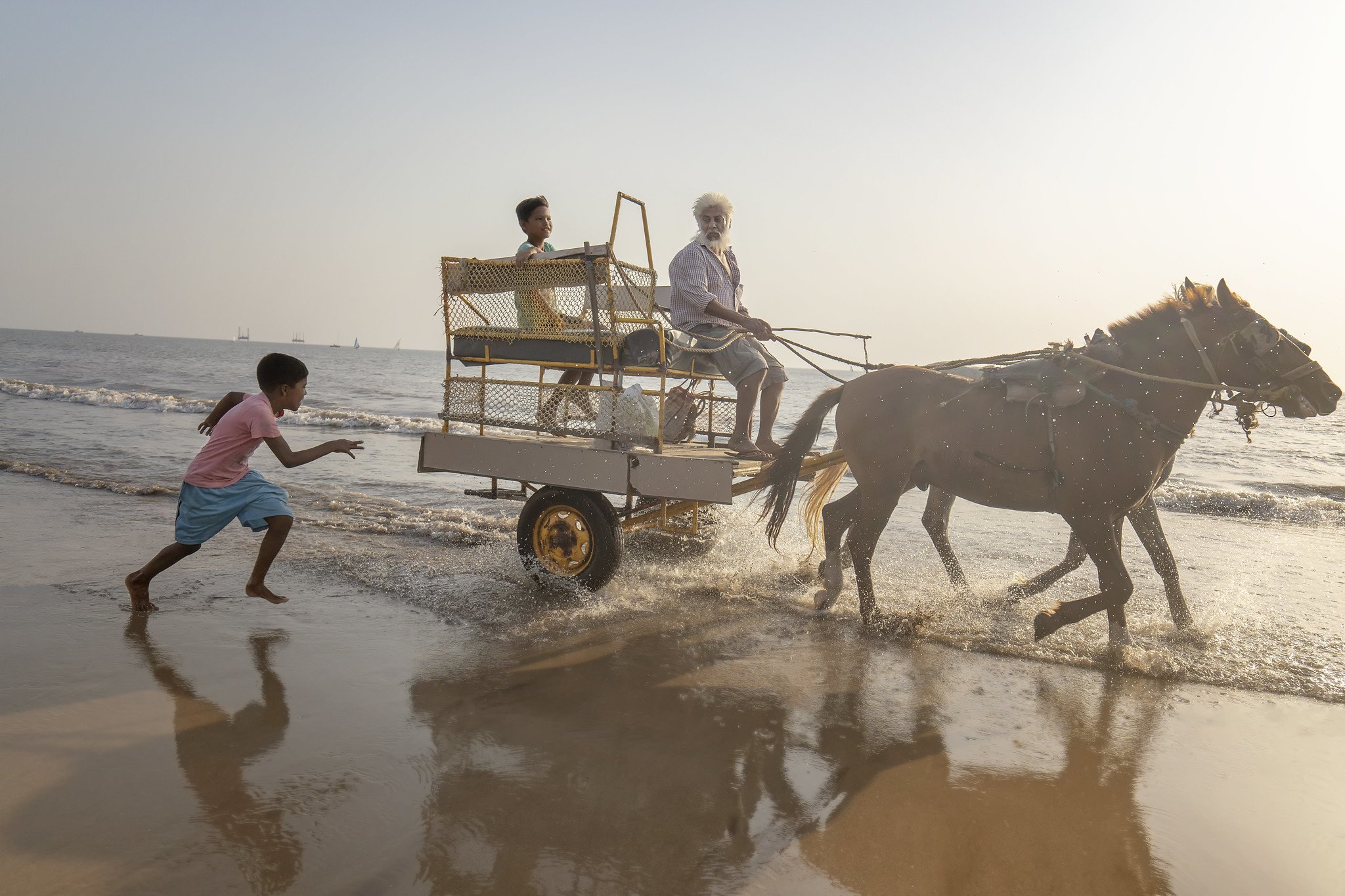
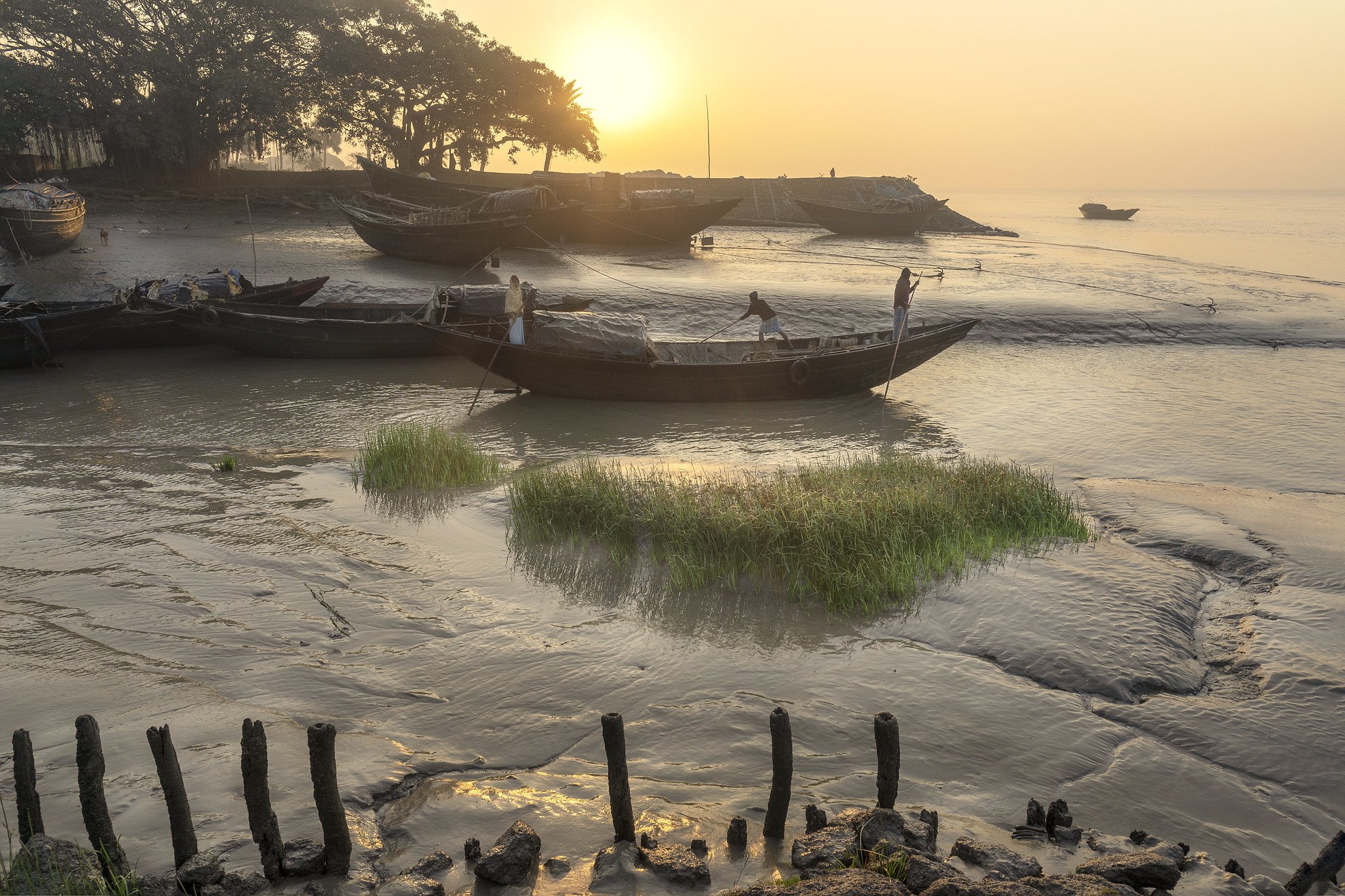


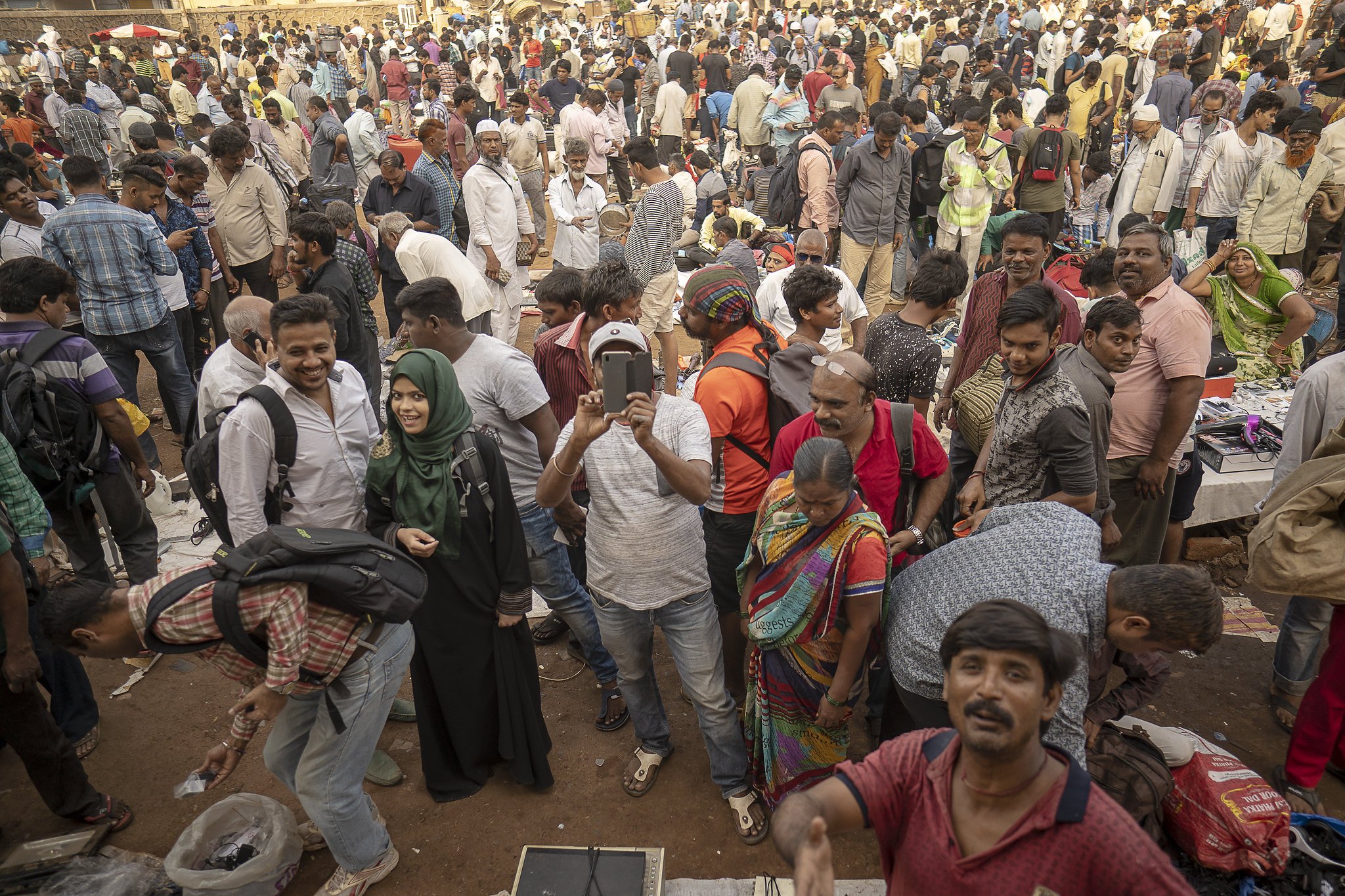
I own the Samyang 24mm 1.8, having previously owned the 2.8 version until an accidental drop rendered it unusable. However, I can attest that the 1.8 iteration is fantastic and well worth the upgrade. Its aperture ring makes it an excellent choice for street photography.
Samyang, sometimes known as Rokinon, has faced criticism over the years for producing cheap, subpar lenses. However, based on my experience, this lens defies those expectations, especially when paired with the Sony A7iii. It's one of the smallest and most compact lenses I own (without the lens hood), making it ideal for street photography. Although it's not an extreme focal length, it offers a different perspective while still capturing wide-angle shots of large spaces up close.
With the Sony A7iii's quality and resolution, you have the flexibility to crop when necessary, especially when considering all the upscaling software out there for any extreme cropping. Would I recommend it? Absolutely. But if you're willing to splurge, Sony's 24mm 1.4 GM is arguably the best 24mm prime lens on the market.
The Sony 50mm 1.8
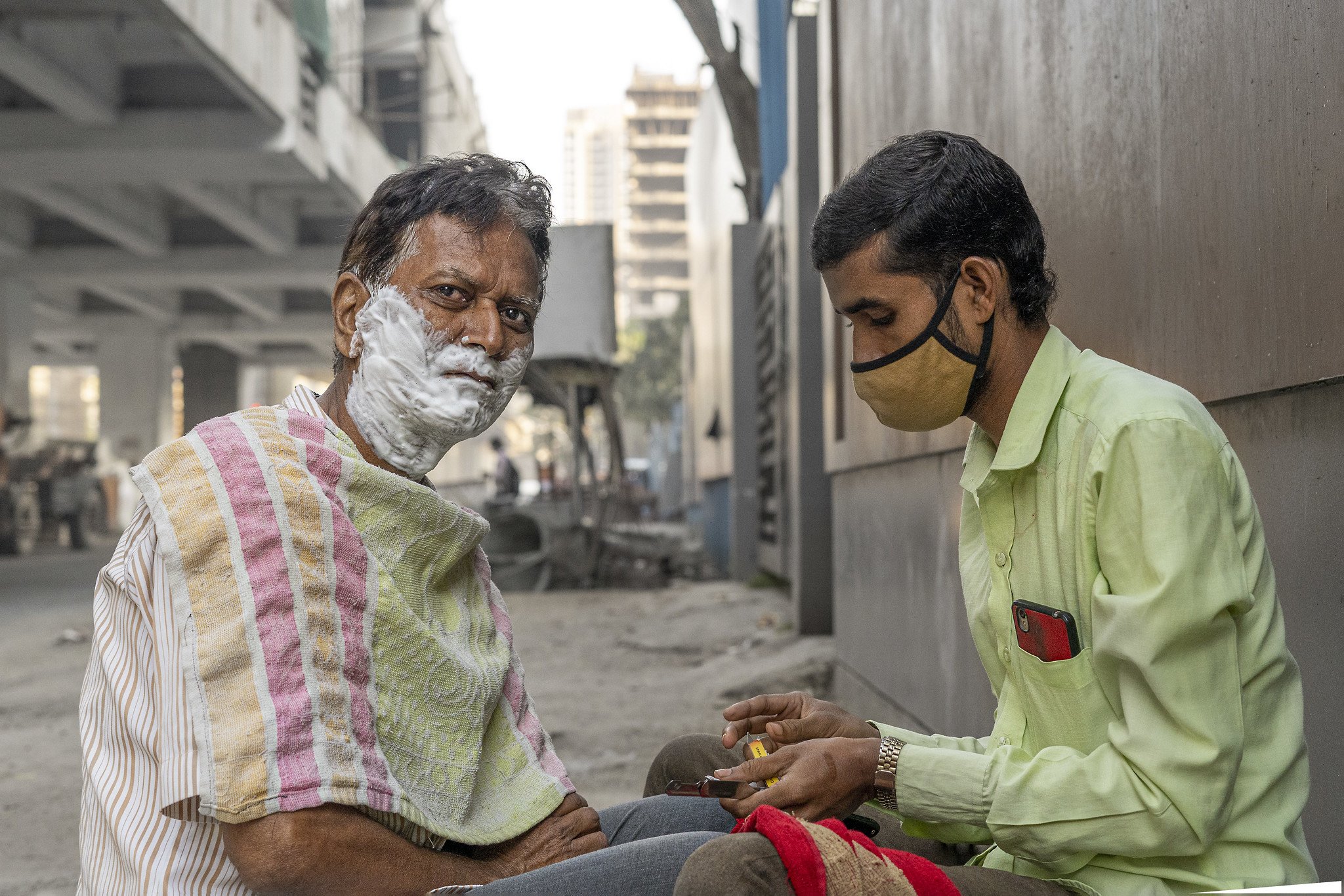
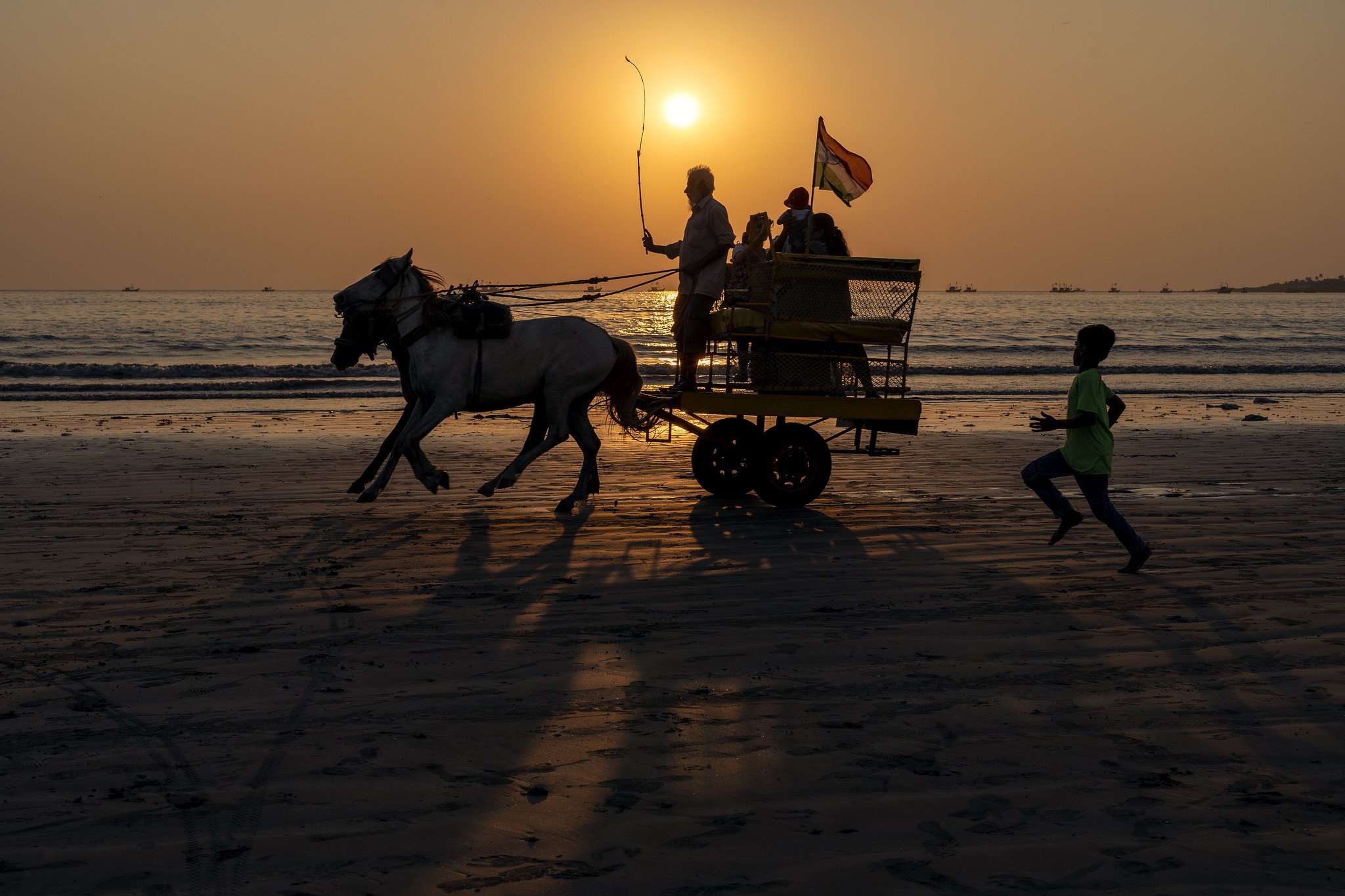
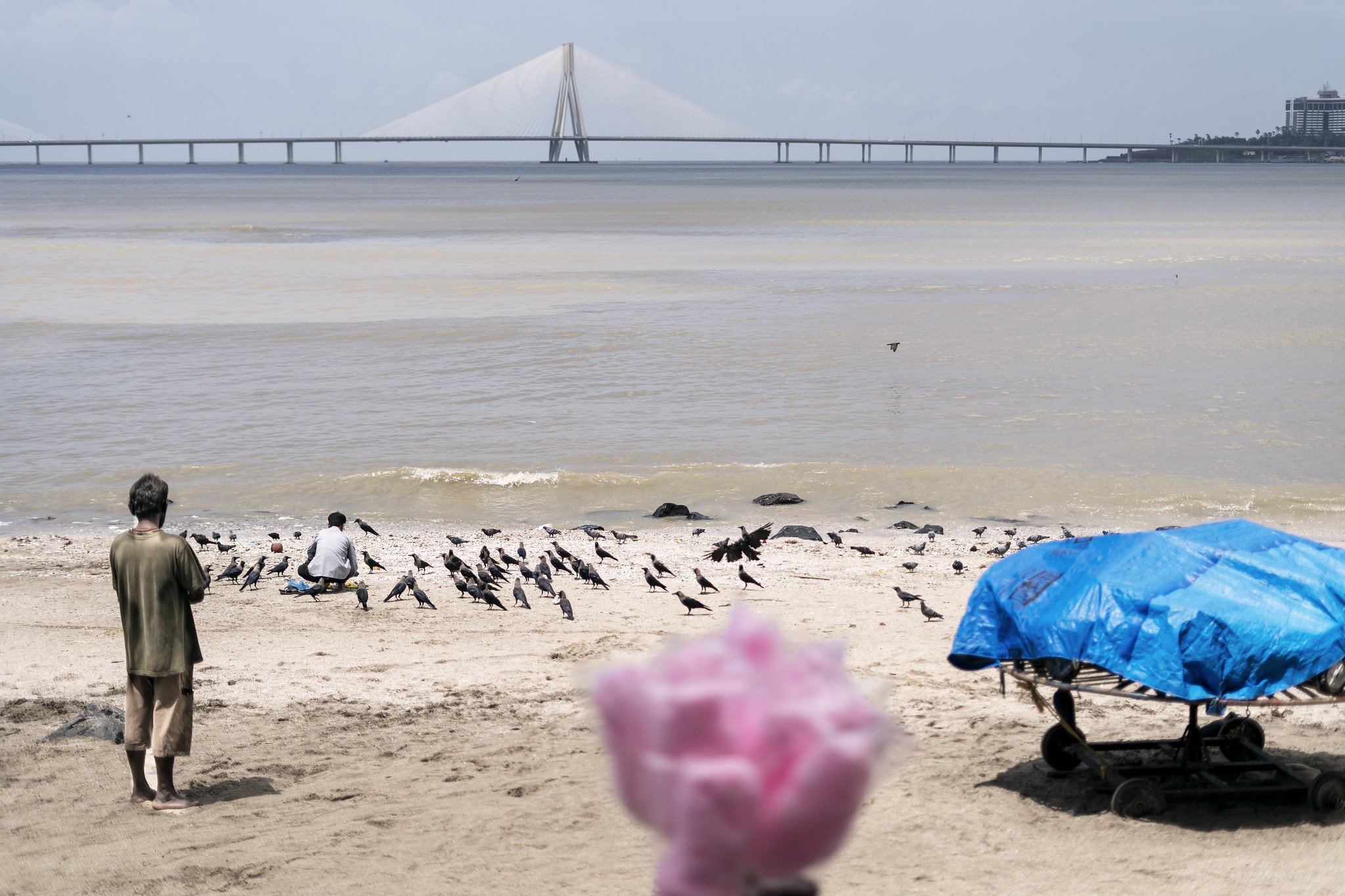
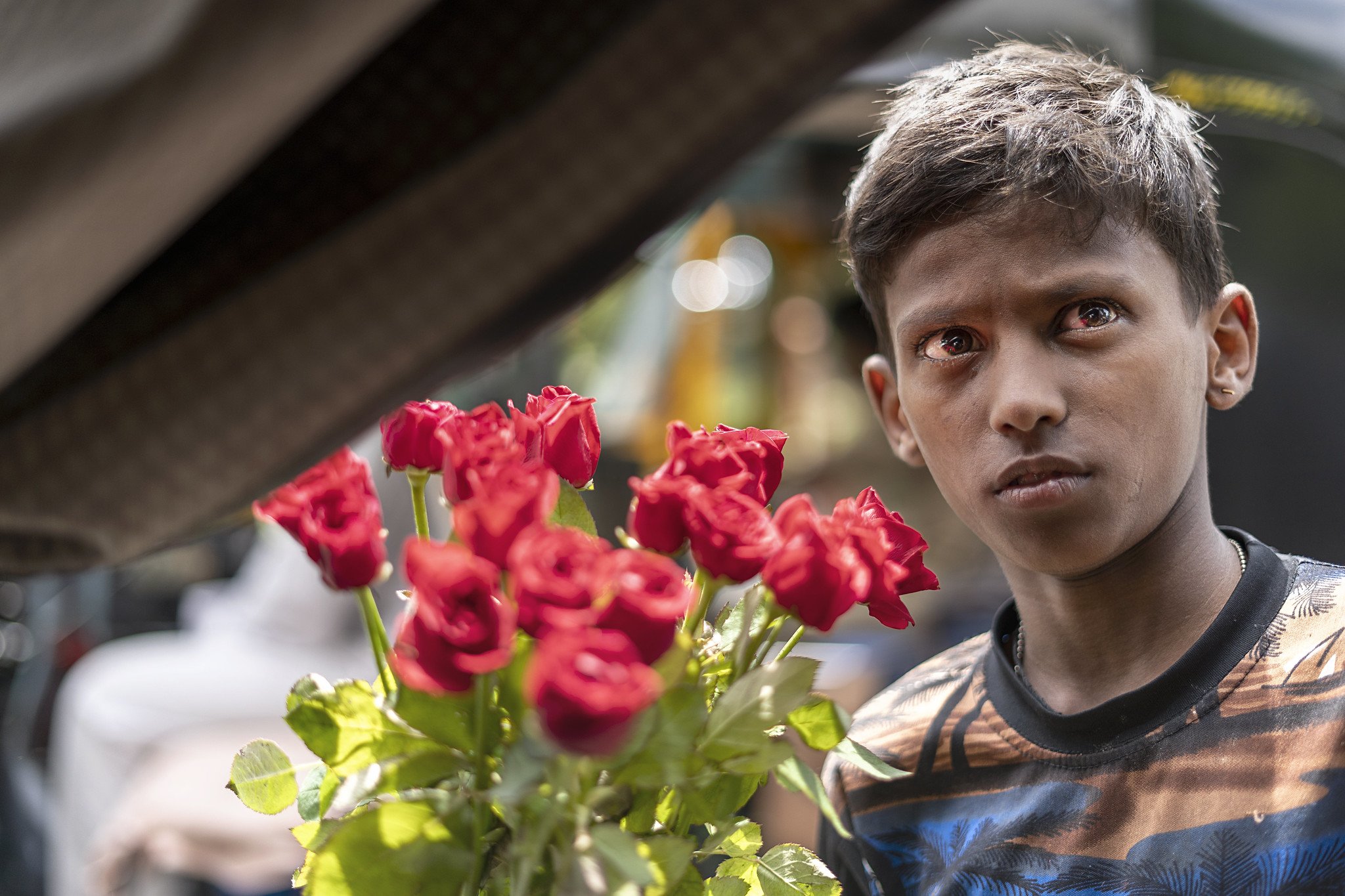
The Sony 50mm 1.8 is the sole "nifty fifty" lens I've employed on the Sony A7iii thus far, so I lack comparisons with other lenses I've used. Nevertheless, I wholeheartedly endorse it, albeit with the suggestion to first compare it with the new 45mm options offered by Samyang and other third-party manufacturers. While Sony produces several versions at higher price points, they may be a bit excessive for street photography in terms of cost-effectiveness.
For fans of Henri Cartier-Bresson, the Sony 50mm lens is a perfect choice. Despite occasionally underestimating its focal length, I've found that this lens consistently produces stunning images, making it a staple in my Riding Rickshaw project. Would I recommend it? Absolutely.
The Sony A7iii Is for Professionals and Street Photography
Since 2018 the vast majority of my photos have been taken on the Sony A7iii. Regardless of whether for portraiture, fine art, documentary, or street photography, the camera has proven to be a reliable tool for me. After looking at the specs of the Sony A7iv, I never seriously considered upgrading. At the pace that Sony’s putting out new models, I’ll likely be happy with this camera until the A7ix appears!
If you have any questions or comments, please feel free to share them below. I'm more than happy to address any inquiries you may have, particularly regarding my street photography workshops in Mumbai.
Purchase the Sony A7iii Via My Amazon Affiliate Link
Support my work here by purchasing the Sony A7iii through my Amazon affiliate link. It doesn’t cost you anything extra and I would receive a small commission.
Some of My Workshops
A few of my street photography workshops running in Mumbai and around the world.

